Explore the 10 Most Popular Home Remodeling Projects
Build your dream home one project at a time


Interior painting topped the list of most popular home projects in 2023.
Home improvement spending rose 6% to $13,665 that year.
Installing new appliances, remodeling a bathroom, and smart gadgets are also high-priority projects.
The number of projects completed in 2023 decreased by 11% from 2022.
There’s no place like home—especially once you renovate it to your liking. Angi’s State of Home Spending report revealed the most popular home remodeling projects that homeowners tackled in 2023. Interior painting tops the list—but some of the other tasks may surprise you.
Let’s take a closer look at the most popular home remodeling projects people are spending their money on, including helpful statistics about how long you can expect each upgrade to last.
1. Painting an Interior Space

Households completed this in 2023: 29.6% (4% decrease from 2022)
Life span: 5 to 10 years
Typical price range: $965 to $3,070
National average project cost: $2,010
It’s easy to see why painting interior spaces was the most popular home renovation in 2023. A fresh coat of paint is a relatively simple and affordable home upgrade that can make a major impact. The average cost to paint the inside of a house is around $2,010, with most homeowners spending between $965 and $3,070. The exact price varies based on your location, the type of paint you choose, and the size of the space being painted. The size of your home plays the biggest role in determining the cost, with rates ranging from $2 to $6 per square foot.
Because you don’t have to worry about the weather with interior painting, it makes for a great fall remodel project.
2. Installing New Appliances
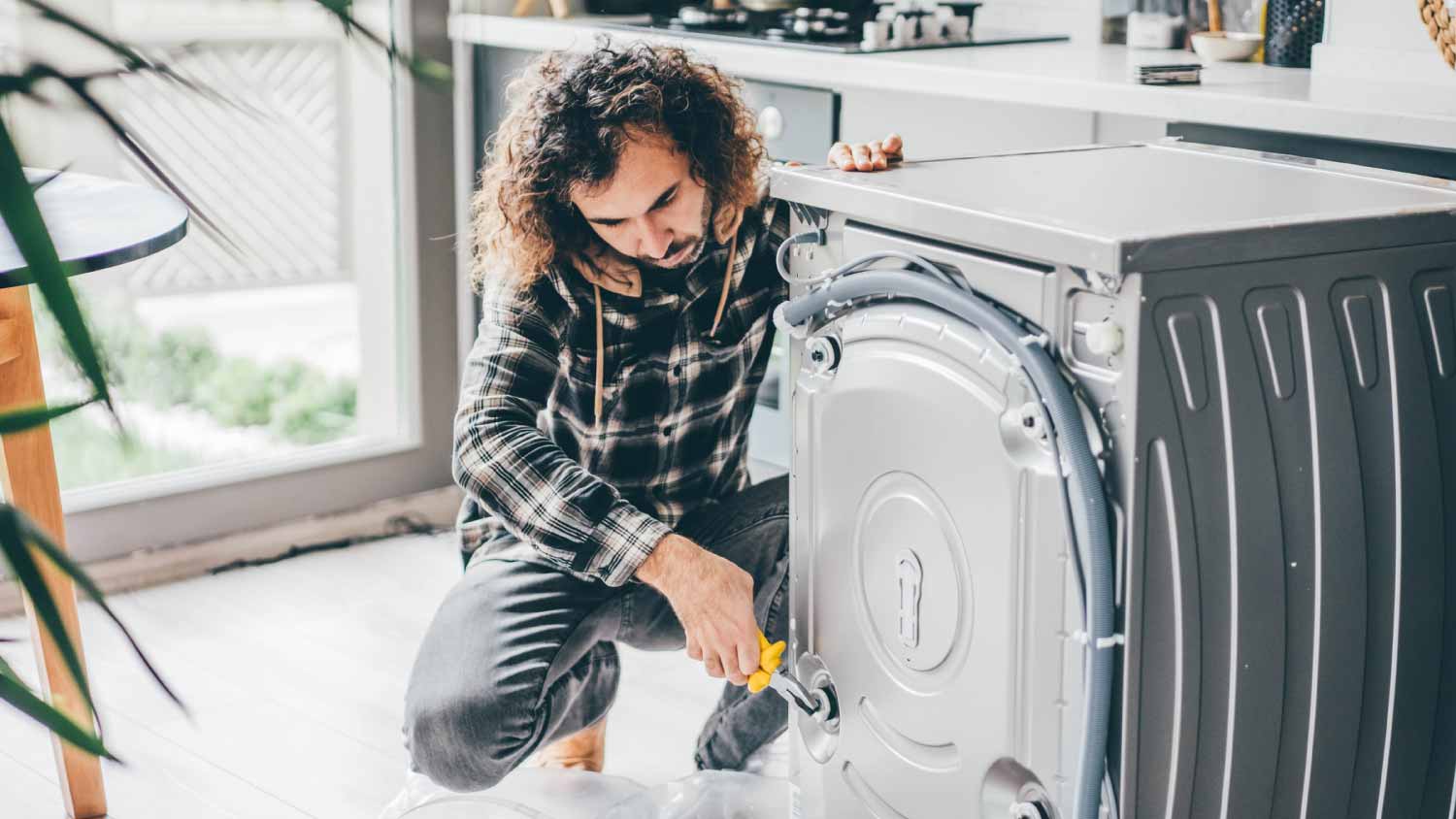
Households completed this in 2023: 26.9% (New entry or no data for 2022)
Life span: 10 to 15 years
Typical price range: $125 to $300
National average project cost: $210
A home remodel that improves aesthetics and function in one fell swoop is always a win. This is likely why so many homeowners were eager (over a quarter) to install new appliances last year. The cost to install an appliance is about $210, but the price can increase if additional tasks, like cabinetry adjustments, electrical work, or plumbing, are required. Most appliance installations fall within a similar price range, although smaller items, like microwaves, can cost less than $100 to install.
This is another remodel task best saved for winter if you’re also planning to tackle exterior projects that need to be done when the weather is mild.
3. Remodeling a Bathroom
Households completed this in 2023: 26.2% (2.7% decrease from 2022)
Life span: 10 to 20 years
Typical price range: $6,635 to $17,605
National average project cost: $12,095
There’s nothing quite like unwinding after a long day in your brand-new tub or shower. The cost of a bathroom remodel can vary widely, starting around $6,635 for mid-sized updates and going up to $30,000 for a full renovation that includes replacing tiles, fixtures, and floors with high-end materials. For smaller projects, you can spend less than $500 to upgrade items like a toilet, shower stall, or faucet.
A bathroom remodel is one of the best renovations for flipping a house when it comes to ROI.
While it might be tempting to remodel your space based on the latest trends you've seen on social media, it's best to wait out that urge. Fads come and go quickly, so try to avoid trendy styles that you might regret in the future.
4. Installing a Smart Home Device

Households completed this in 2023: 24.2% (1.3% increase from 2022)
Life span: 5 to 10 years
Typical price range: $205 to $1,800
National average project cost: $990
Home automation turns futuristic tech into a reality for everyday homeowners. On average, installing a home automation system costs between $205 and $1,800, with most projects landing around $990. Make sure you request quotes from a few home remodeling experts near you to find the best installation price.
5. Installing New Flooring
Households completed this in 2023: 23.2% (0.6% increase from 2022)
Life span: 10 to 50 years depending on material
Typical price range: $1,530 and $4,855
National average project cost: $3,160
Choosing new flooring for your home can really help you customize the space to fit your preferences. Installing flooring costs between $1,530 and $4,855 in a 500-square-foot area, with an average price of $3,160 (or $12.50 per square foot). However, the total cost will vary based on factors like the size of your space, the type of flooring materials you choose, and local labor rates.
6. Painting or Staining a Home Exterior
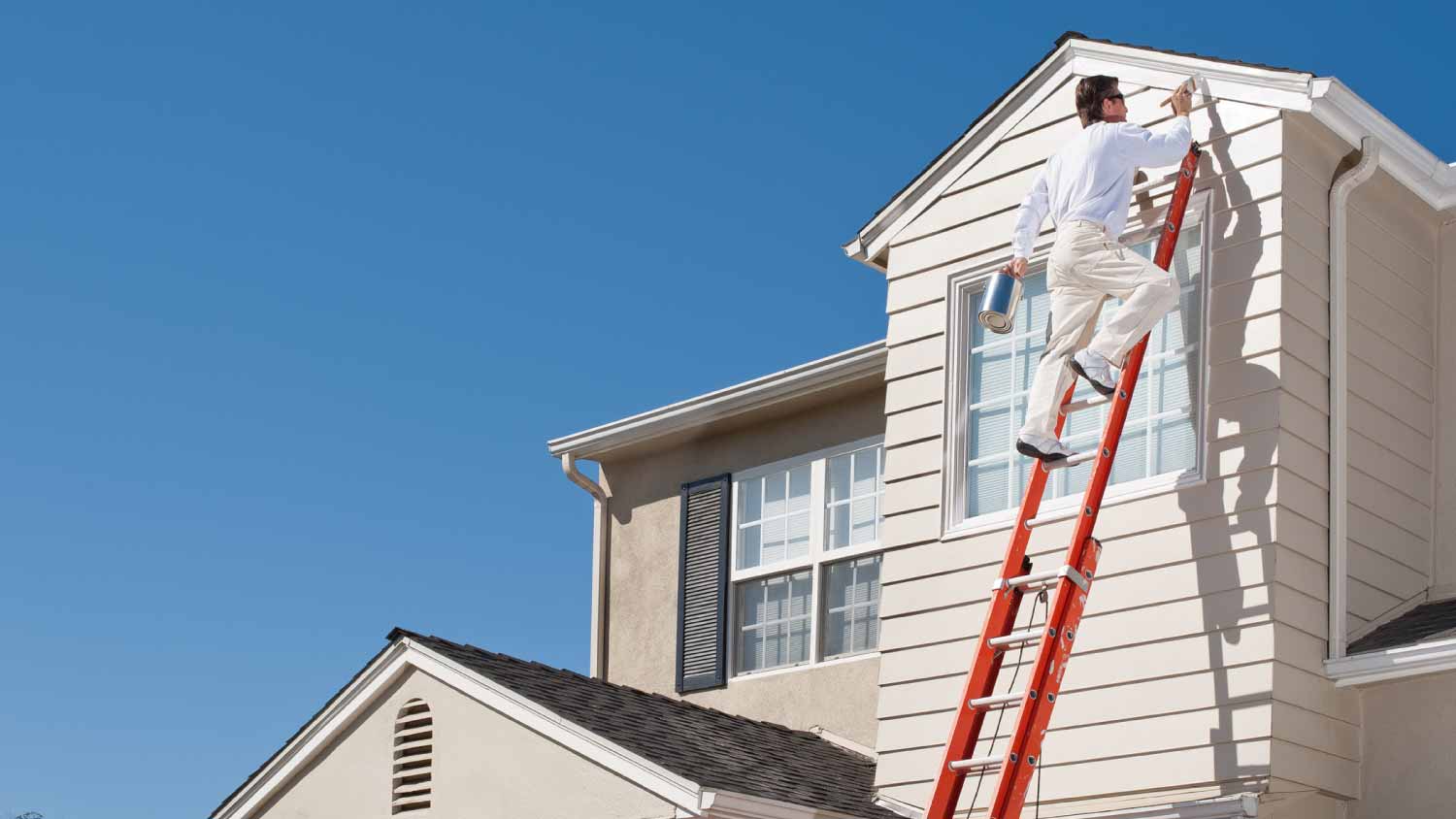
Households completed this in 2023: 22.6% (0.3% decrease from 2022)
Life span: 7 to 10 years
Typical price range: $1,810 and $4,525
National average project cost: $3,165
Like painting the inside of your home, a fresh coat of paint can do wonders for the exterior of your humble abode. Painting the exterior of a house costs between $1,810 and $4,525, with an average of $1.50 to $4 per square foot. Larger homes will cost more to paint, and additional stories or hard-to-reach areas, like dormers, can increase the price by about 50% for each extra story.
7. Remodeling a Kitchen
Households completed this in 2023: 22.1% (0.7% increase from 2022)
Life span: 20 years
Typical price range: $26,960
National average project cost: $14,600 to $41,495
They say the kitchen is the heart of the home, so it’s no wonder 22% of homeowners want to customize their kitchen to meet their cooking and entertaining needs. The cost of a kitchen remodel is about $26,960, but this can vary widely based on factors like materials, labor, and geographic location. Most homeowners spend between $14,600 and $41,495. For significant kitchen renovations that involve new appliances and upgraded countertops, expect to invest at least $3,500.
8. Installing New Landscaping

Households completed this in 2023: 20.7% (0.7% increase from 2022)
Life span: 15 to 20 years
Typical price range: $1,250 and $6,065
National average project cost: $3,525
Hiring a professional landscaper costs around $3,525, with prices ranging from $1,250 to $6,065. Investing in landscaping can significantly enhance your home's curb appeal and overall value. Costs can vary greatly; for instance, you might pay $750 to remove a tree or plant some border flowers, while a complete backyard renovation could exceed $6,010. When remodeling a house on a budget, some good landscaping can majorly help your curb appeal.
9. Adding or Replacing Windows
Households completed this in 2023: 20.3% (2.1% increase from 2022)
Life span: 20 years
Typical price range: $3,445 and $11,800
National average project cost: $7,325
Installing new windows can refresh your home’s appearance while improving insulation and potentially lowering your energy bills. The average cost to replace windows is around $7,325 per project. Most homeowners spend between $3,445 and $11,800, and home remodeling national averages for this project vary by factors such as window size, material type, number of windows, number of panes, brand, and labor costs.
10. Repairing a Roof
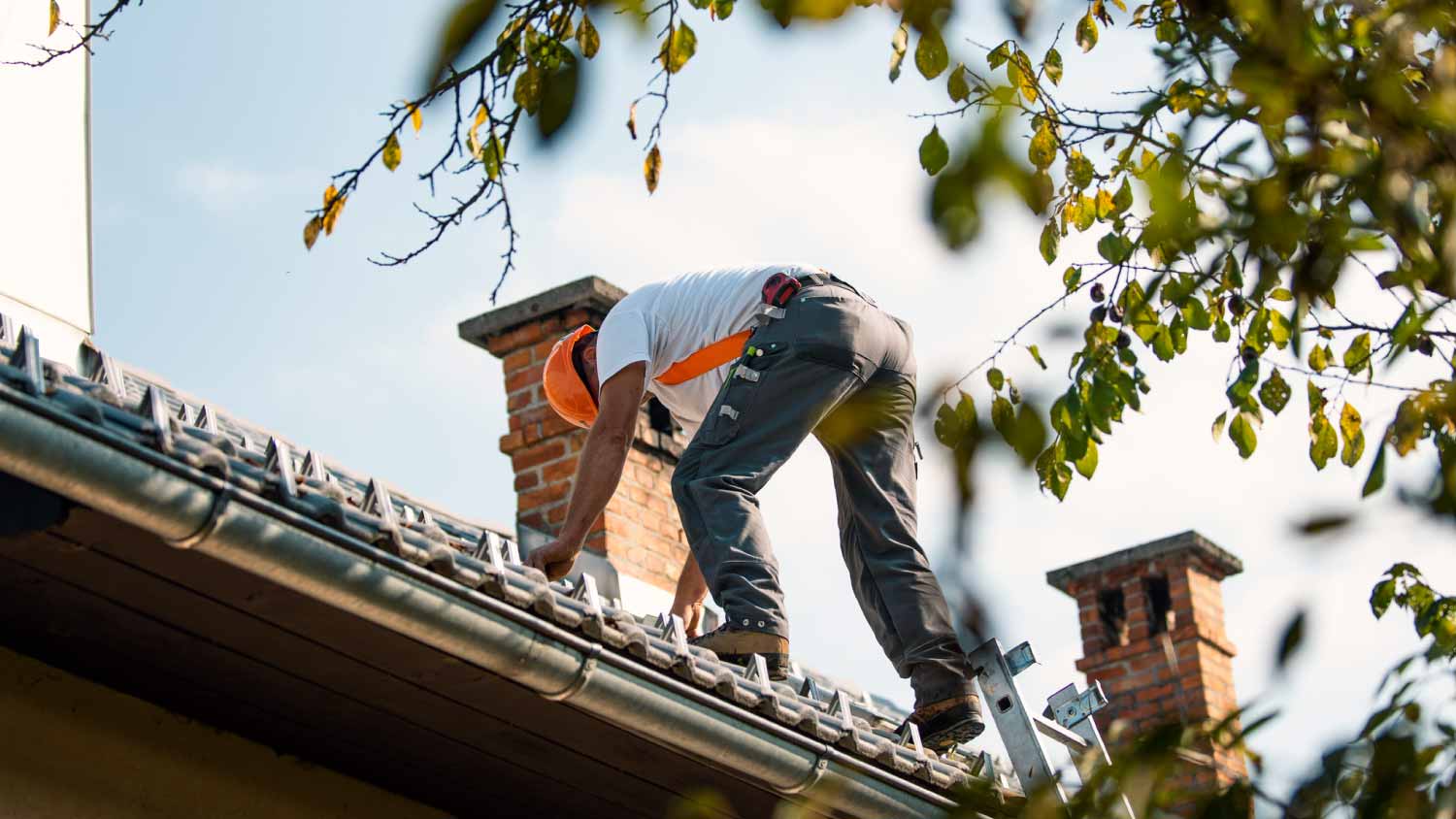
Households completed this in 2023: 20.3% (2.2% increase from 2022)
Life span: 20 years or more, depending on the material
Typical price range: $390 and $1,920
National average project cost: $1,145
While many popular home remodel projects are fun, others are purely practical. Homeowners spend about $1,145 on the cost of roof repairs. However, the price can vary significantly based on the type and severity of the damage, with repairs ranging from $150 to $8,000.
Frequently Asked Questions
Kitchen remodels are one of the most popular home renovations and for good reason. Many homeowners view the kitchen as the heart of the home and it’s where they welcome and entertain guests. Refreshing a bedroom requires a little paint and perhaps some fresh flooring, but kitchens often require a major renovation to be both functional and modern. From new appliances to updated countertops and backsplashes, or fresh floors and cabinets, there is no shortage of ways to refresh a kitchen to meet your needs and style preferences.
Every homeowner dreams of a newly renovated kitchen and bathroom that meets their exact standards. Having a freshly designed kitchen or bathroom can make life easier and feel more luxurious. Both of those areas of the home get a lot of wear and tear and can look outdated more quickly than a living room or bedroom, so it’s easy to see why they are such in-demand home improvements. Having those spaces in tip-top shape can also improve the value of their home.
Home improvements that increase value not only enhance quality of life but also offer a high return on investment (ROI). Replacing a garage door has one of the best ROIs at 93%. Other high-ROI projects include remodeling your kitchen, installing a stone veneer, and replacing windows. These updates make homes more appealing to buyers and improve functionality, which helps if you plan to sell your home in the future.
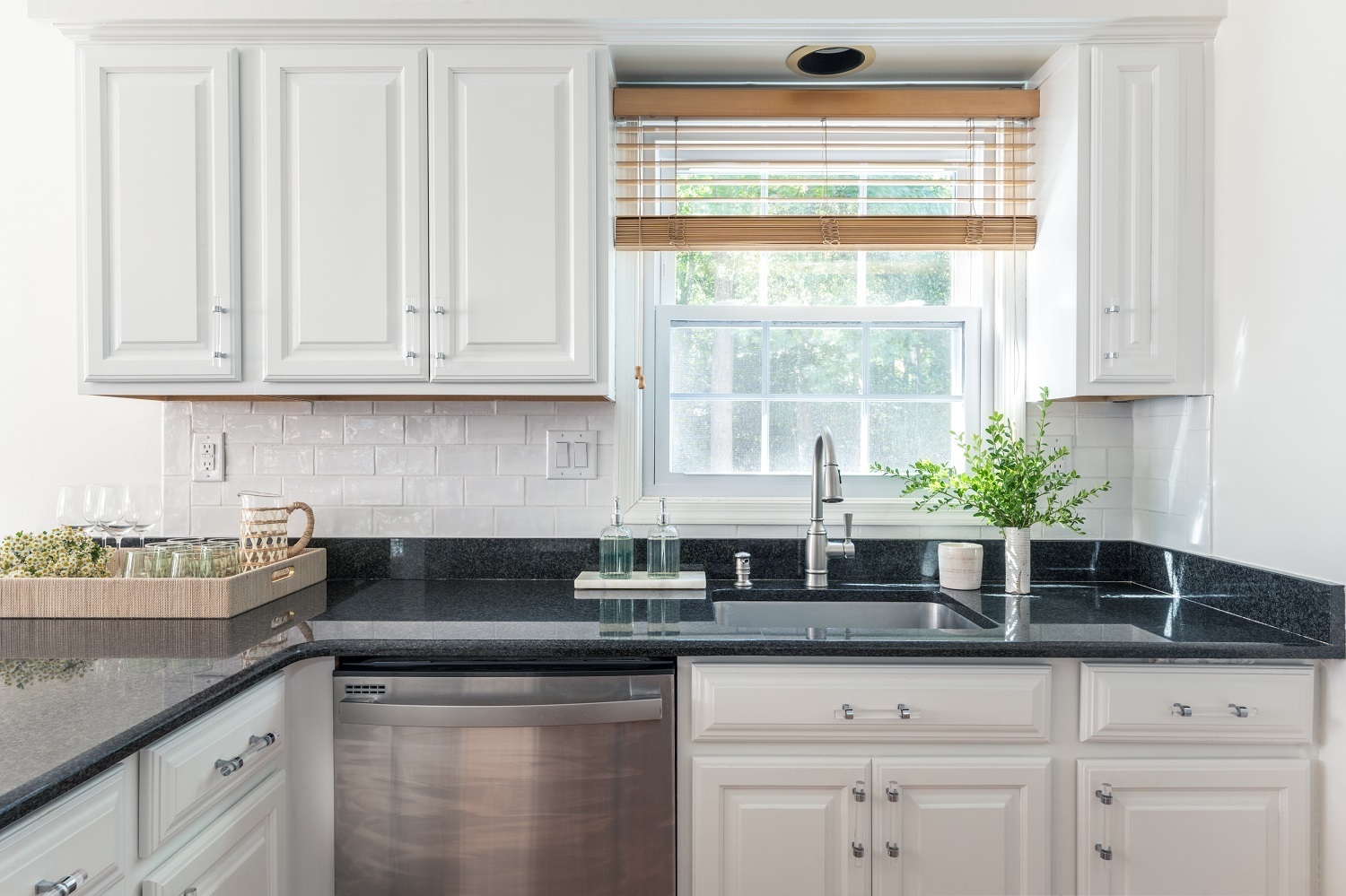
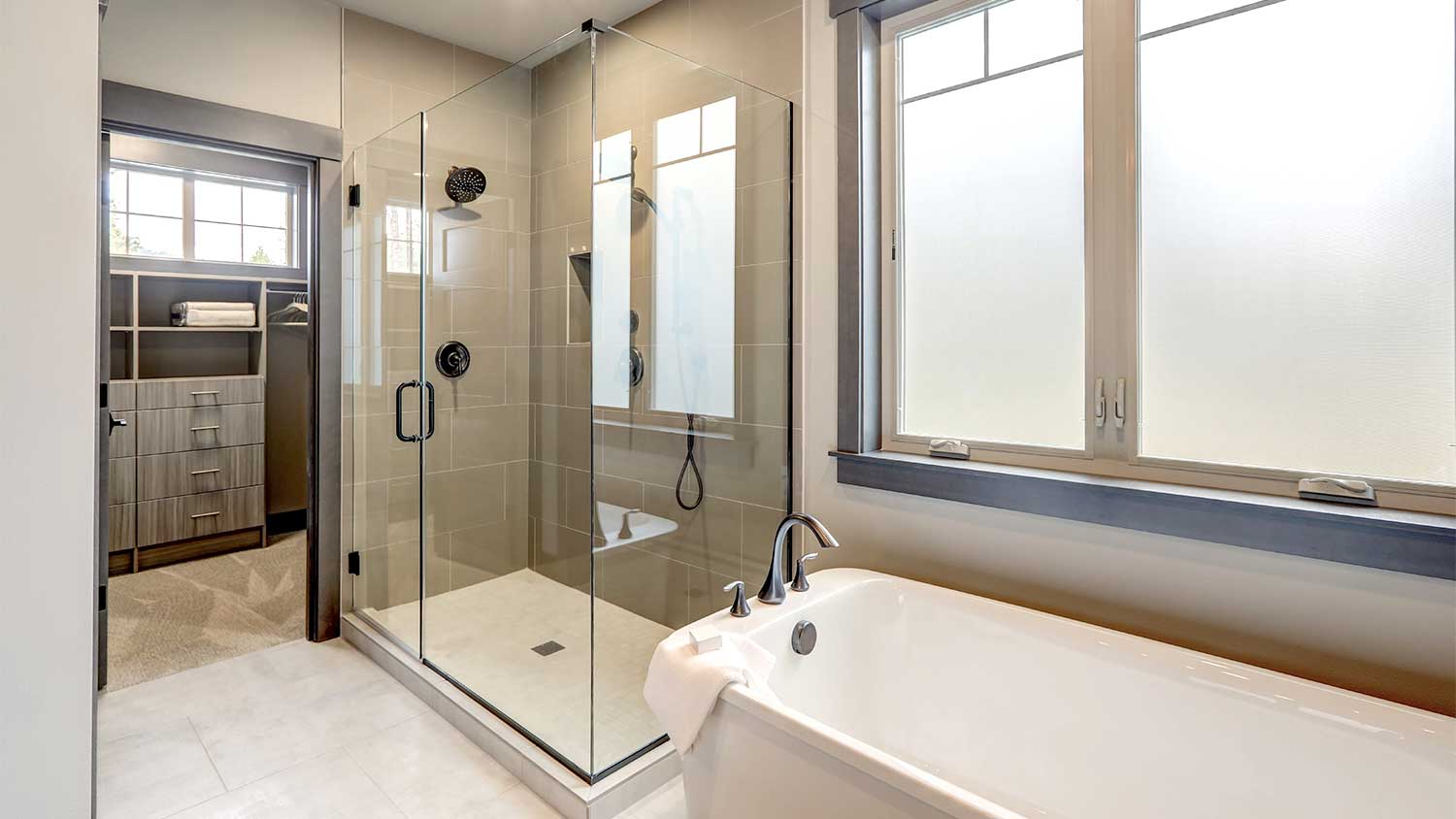



- Bathroom Remodeling
- Kitchen Remodeling
- Shower Installation
- Stair Installers
- Bathtub Installation
- Shower Door Installers
- Kitchen Design
- Bathroom Design Companies
- Storm Shelter Builders
- Pre-Made Cabinets
- Kitchen Refacing
- Bathtub Replacement
- Ceiling Tile Installation
- Suspended Ceiling Companies
- Residential Designers
- Stair Builders
- Remodel Designers
- Shower Enclosures
- Home Renovations
- Kitchen Renovations
- Garage Remodeling
- Grab Bar Installation
- Walk-In Tub Installers
- Tub to Shower Conversion
- Balcony Contractors
- The Top 10 Home Improvement Ideas of 2024
- Home Renovation Cost Estimator for Planning and Budgeting
- Which Home Projects Will Be Popular in the Next Five Years?
- 34 Modern Upgrades That Add Value to a Home
- 6 Home Projects You Should Complete Before You Move In
- 9 Simple Home Projects You Can Do For Less Than $1,000
- What Is the Best Time of Year to Remodel Your Home?
- Remodel vs. Renovation: Pros, Cons, and Costs
- The Average Lifespan of 10 Home Features—And What It Costs to Renovate Them
- How to Build a House: Your Complete Guide to the Home-Building Process











